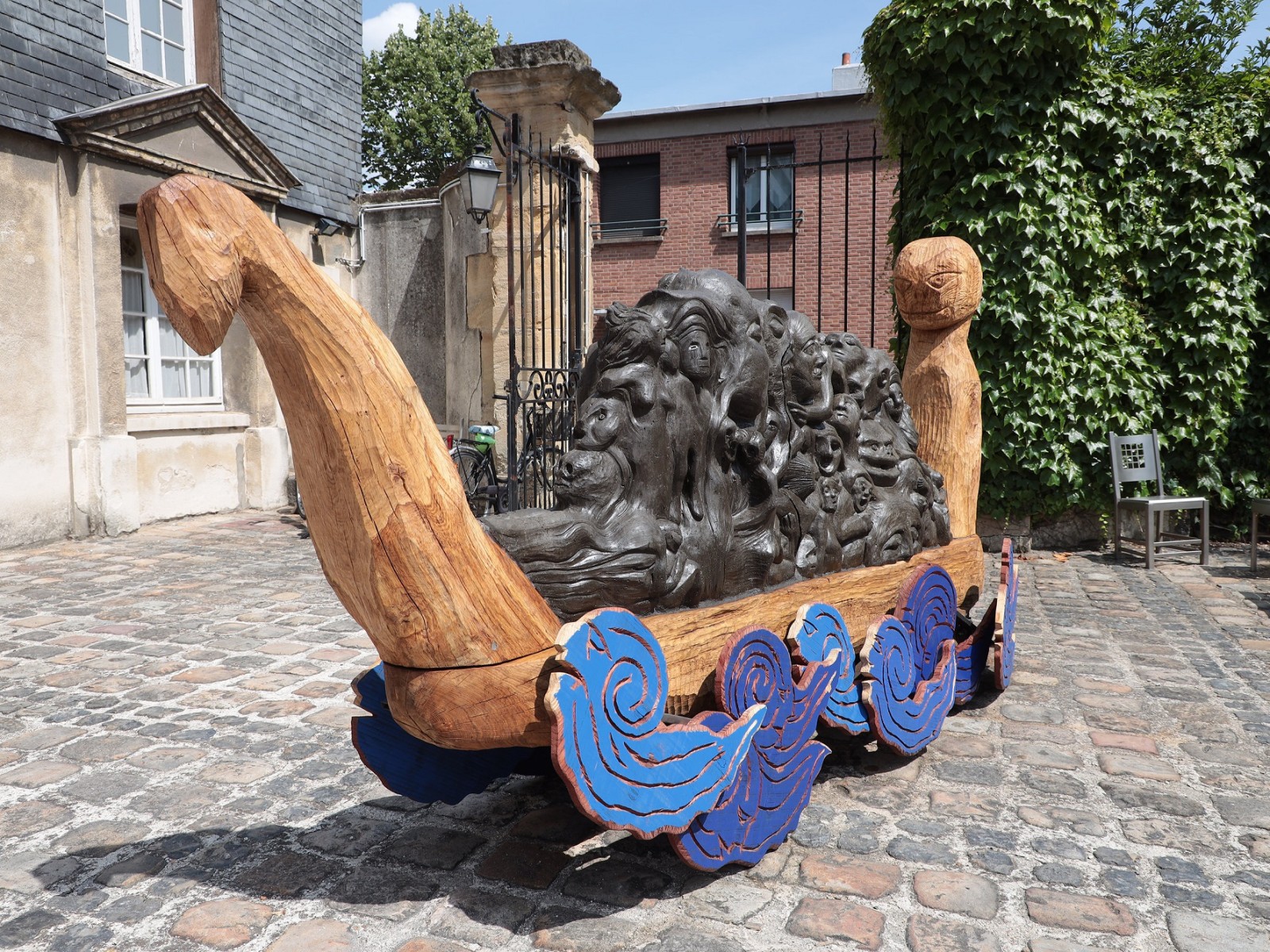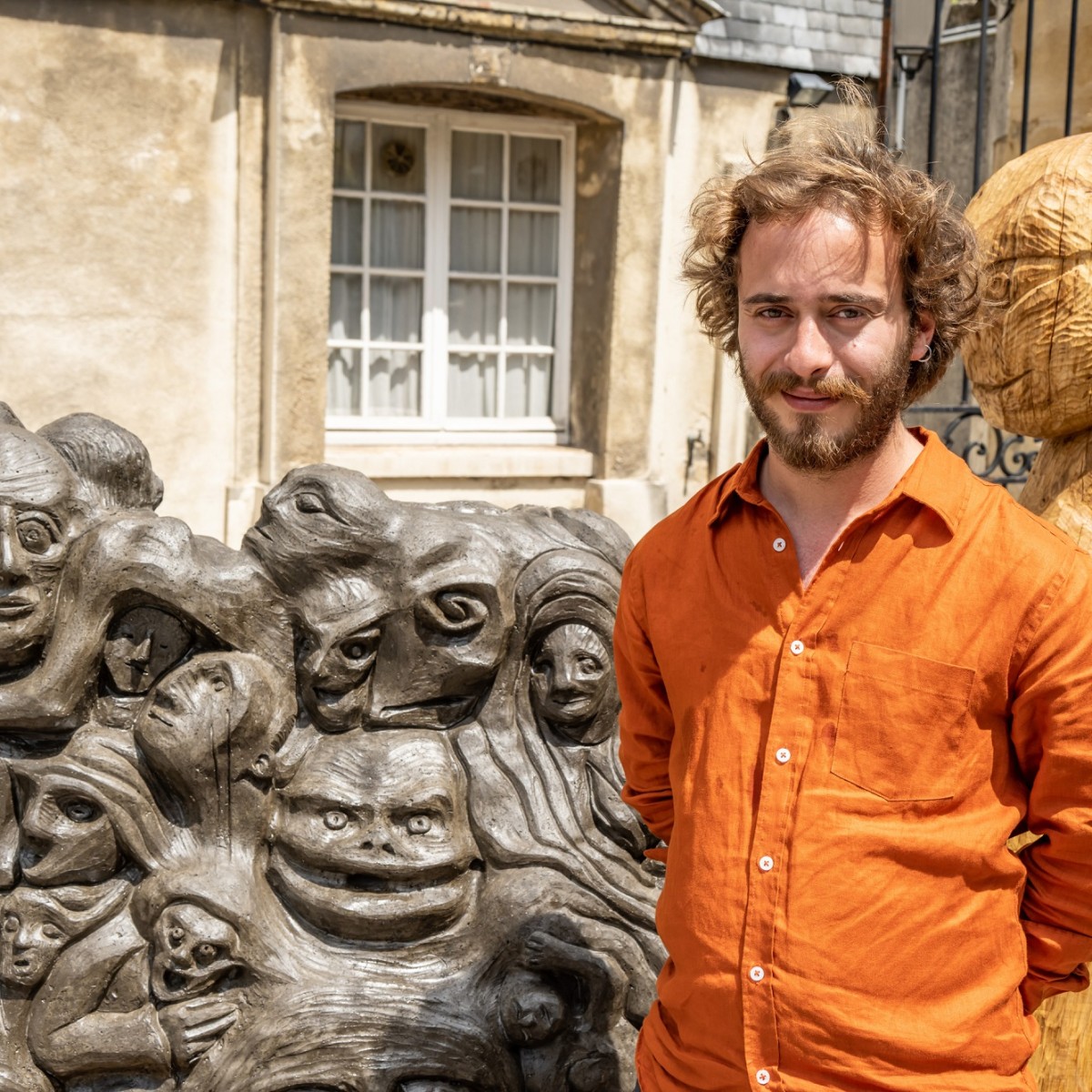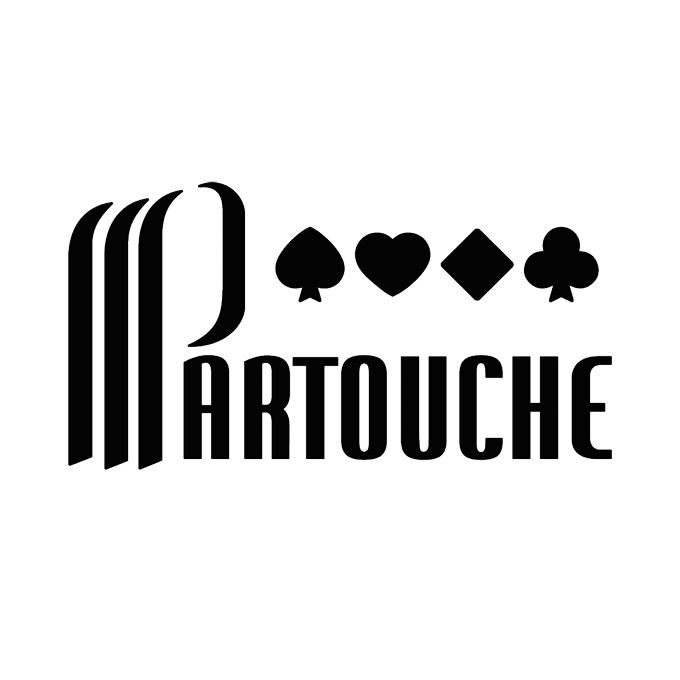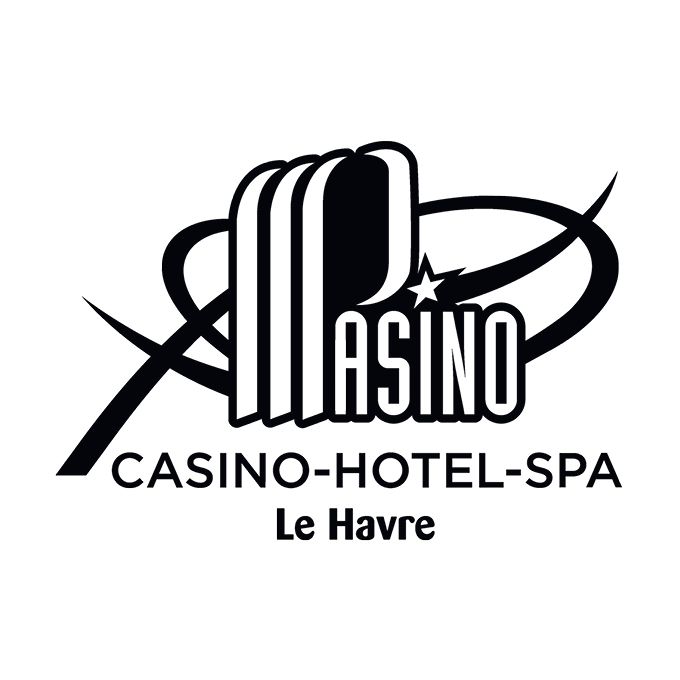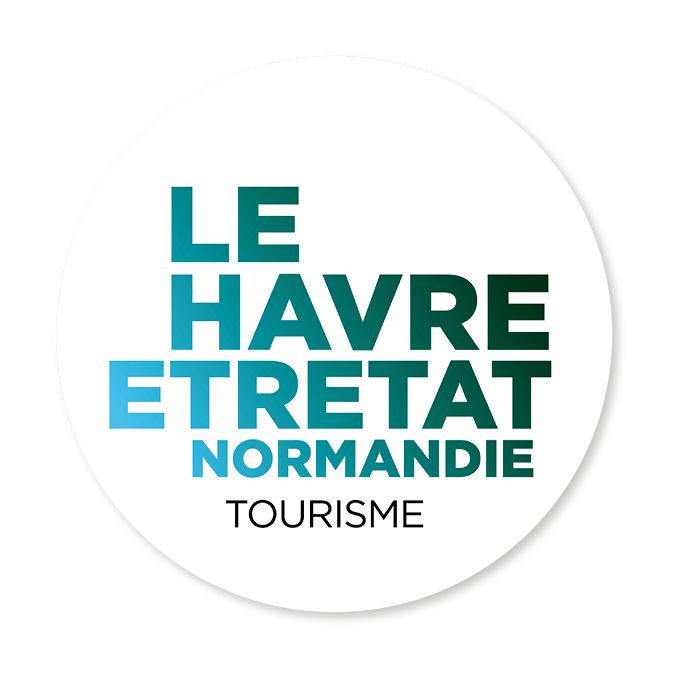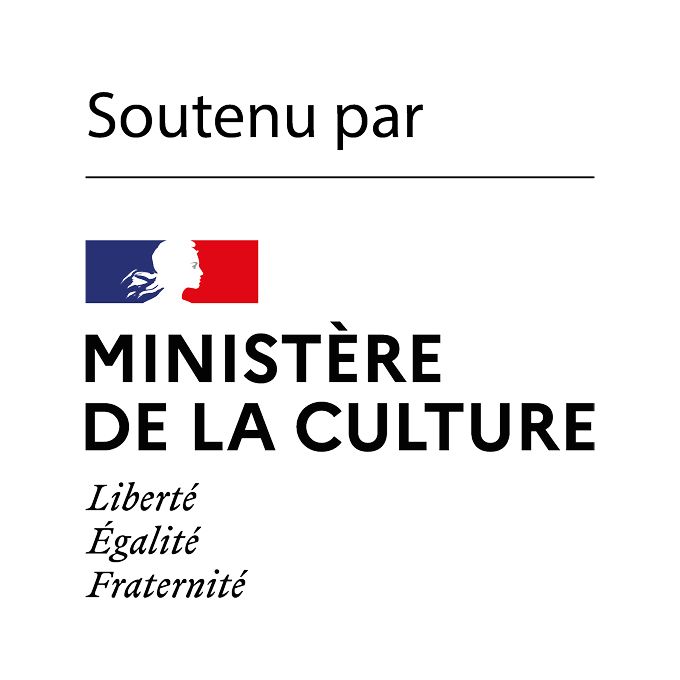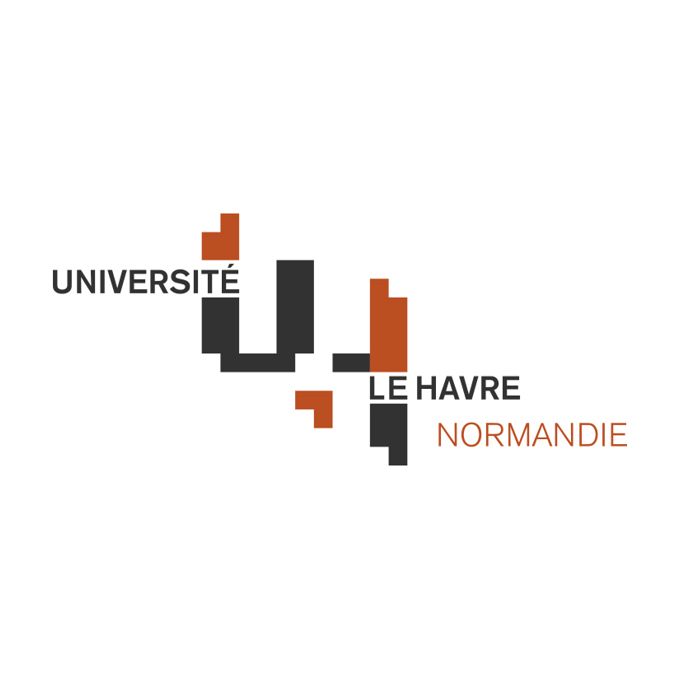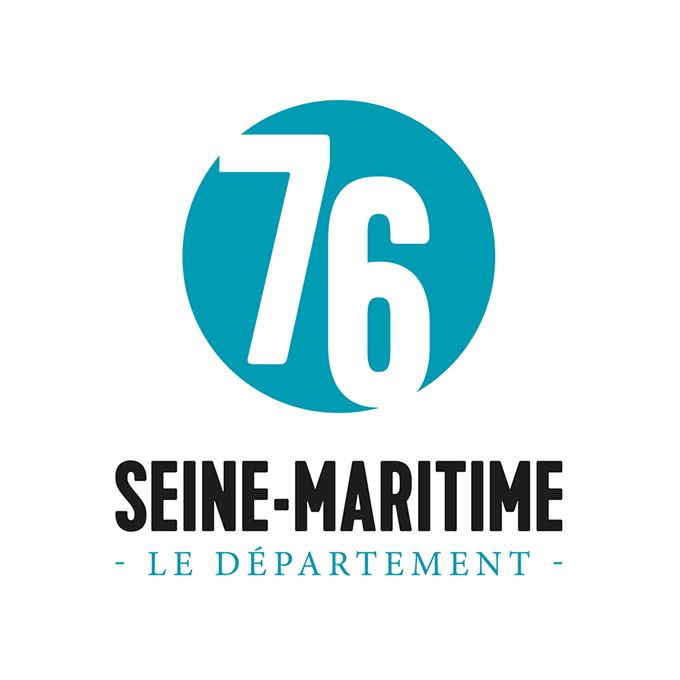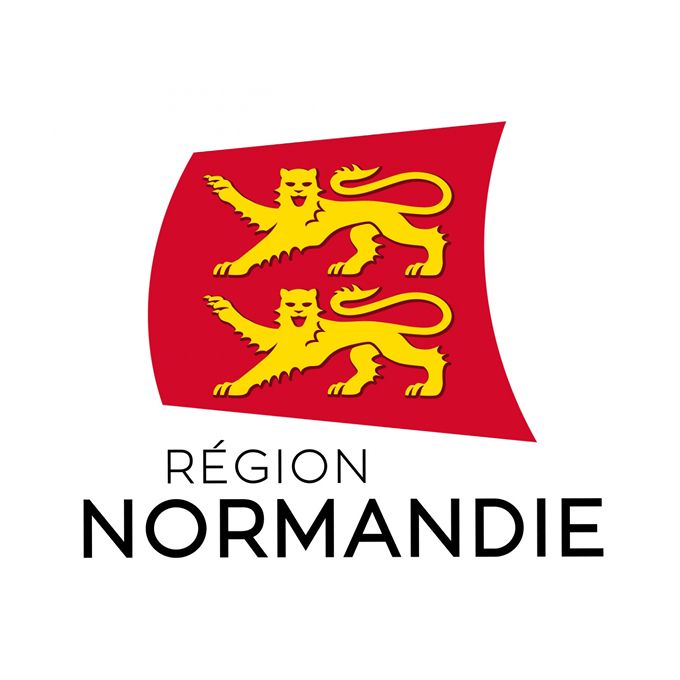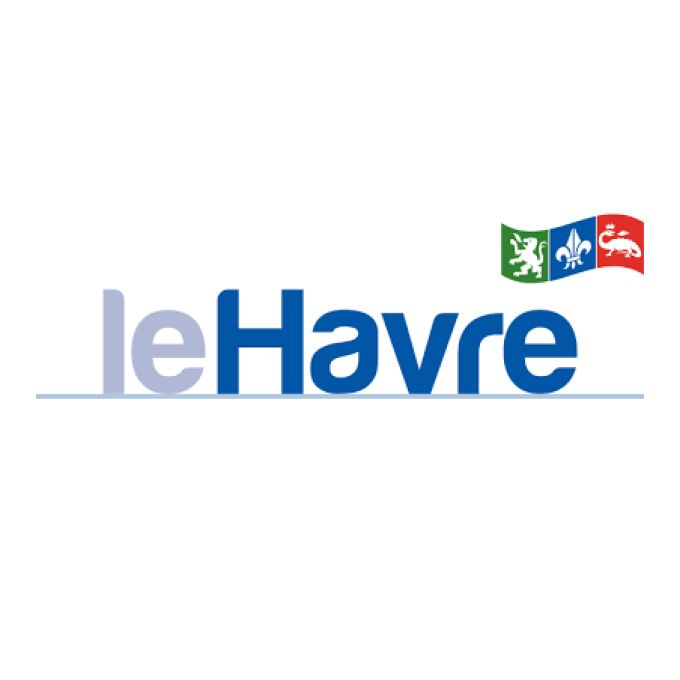L’AUROREAPPARAÎT
Pier Sparta
Hôtel Dubocage de Bléville
For Un Été Au Havre, Pier Sparta has been invited to create a work presented on the forecourt of the Hôtel Dubocage de Bléville.
"My work develops like a repertoire of characters making up a kind of family that is both recomposed and decomposed. There is a sort of interdependence between the sculptures. This gives rise to narratives that form part of an idea of time and duration and therefore carry within them a constant concern for life and death. My work draws its sources from human relationships and the historic forms of art".
For Un Été Au Havre, Pier Sparta has been invited to create a work presented on the forecourt of the Hôtel Dubocage de Bléville, where an exhibition on the history of the slave trade will be held throughout the summer. Drawing from his plastic vocabulary, often composed of natural materials (earth, wood, ropes, etc.), the artist has imagined a large vessel sculpted from the trunk of a century-old oak tree, taken from a Norman forest. As a kind of great Drakkar, this disturbing ship carries in its belly a group of characters with intense emotions, whose various expressions can be read. In it, we make out women, children and men sailing to an unknown destination. In a style that may call back to Western Cubism, itself inspired by the primitive arts, the artist does not seek to "illustrate" the history of slavery directly, but rather the forces of a devouring, immense, inhospitable and ruthless sea.
For Pier Sparta, these are "souls trapped in the ocean's waves". A theatre in which the extreme dramas of our lives have played out for centuries, here the ship becomes the symbol of uprooting – from life, the earth, dignity, humanity and more – to deliver these bodies to themselves, unjust prisoners of a fate itself delivered to others.
These extreme tensions and extremities of existence are a recurring subject in the artist's works, in an apparent desire to give shape to sensations and feelings that speech struggles to pronounce accurately. The figures and objects that inhabit his sculptures seem to have been taken much more from poems or visions, leaving plenty of room for our interpretation.
